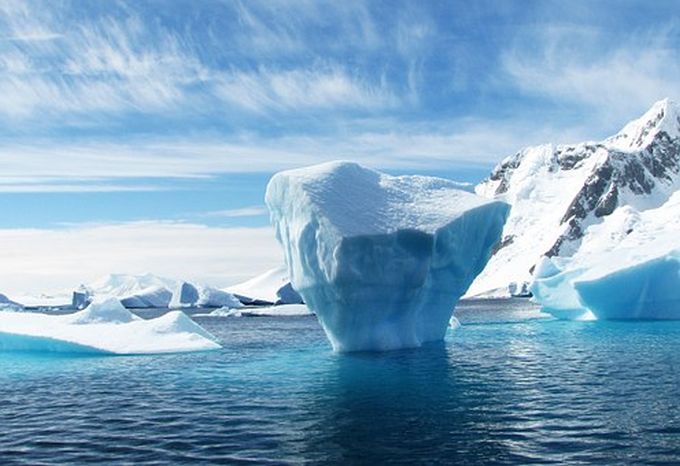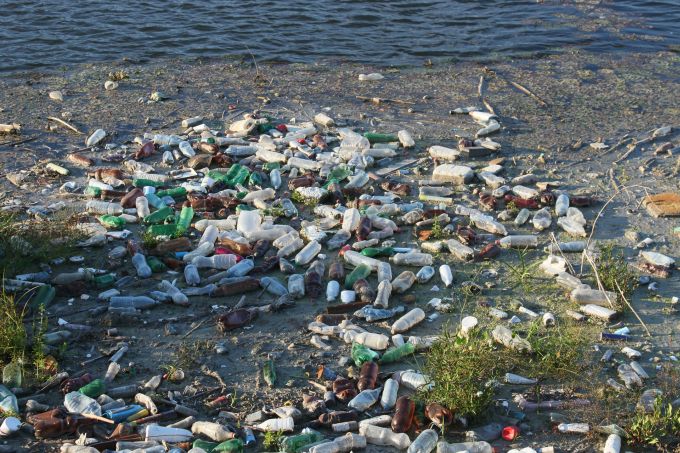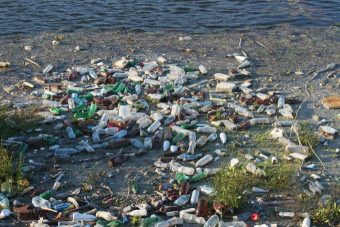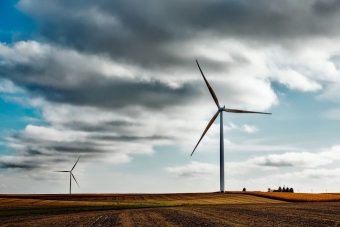 The digital revolution, also called the 4th revolution, started in 1969, but today it is mostly related to software. The change is in paradigm shift, of which one is related to the power business and one in the automation business, Reiner Schoenrock, Strategic Product and Innovation Communication at ABB said, when speaking about the All this also impacts people and running the companies. The shift is happening in power business, with more RES being integrated in the network, the flexibility to integrate them comes from software and data.
The digital revolution, also called the 4th revolution, started in 1969, but today it is mostly related to software. The change is in paradigm shift, of which one is related to the power business and one in the automation business, Reiner Schoenrock, Strategic Product and Innovation Communication at ABB said, when speaking about the All this also impacts people and running the companies. The shift is happening in power business, with more RES being integrated in the network, the flexibility to integrate them comes from software and data.
Big shift is also in automation. “We look at the whole value chain to improve businesses, one f the main things is to enhance safety and reliability,” he said. It also enables to boost productivity and flexibility. With new device ABB can measure 11 things in a motor that was unable to monitor before, in order to analyse the data the sensor picks from the motor. This will increase the lifetime of motor up to 30%, shorten downtimes by up to 70% and increase the energy efficiency by up to 10%. In case of hydropower plants this means 100 GW.
Cloud-basedIt is monitoring 20,000 substation transformers and circuit breakers in the supply network of the American Electric Power with an Asset Health Center which recommends maintenance and supports in priorising which devices needs to change. The technology’s impact on economy, making everything cheaper and easier accessible. The development is very fast nowadays. We see greater opportunities for all the offerings and the advancement in the services we can offer with smart sensors, the electronics and intelligence has not been combined to such degree as by ABB which also sends the data to the cloud, he said.
How many are out and ramping up the production, the project for the first time was revealed a few weeks ago in Frankfurt, and we are looking for pilot customers. We are not talking about the price, rather about the amortisation, this would save on average with 100 motors in operation 50,000 EUR annually. The first products will be shipped later this year to the US. Robot can be taught in a few minutes what to do. UMI robots. You can take him by the hand and he remembers what to do. The most important market for low voltage motors which he has shown us, and the scope is in all industries and all countries.
Source: www.abb.com







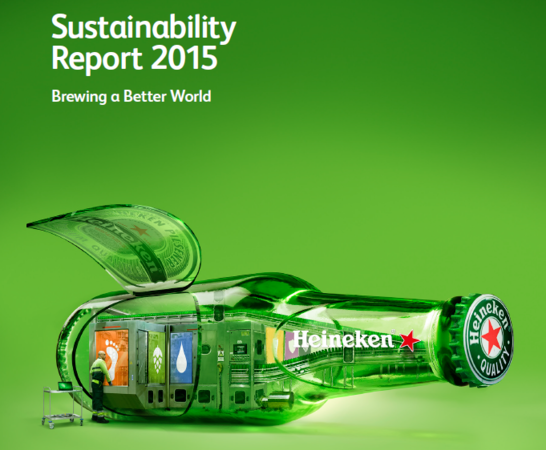
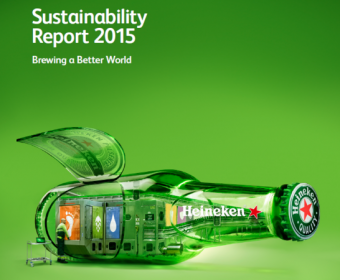 By 2030 the world is expected to require 40 per cent more water and 50 per cent more energy. Population growth, changing lifestyles and climate change will place increasing pressure on the environment, particularly on the water, energy and food nexus. One sector that touches all three of these areas is the brewing industry.
By 2030 the world is expected to require 40 per cent more water and 50 per cent more energy. Population growth, changing lifestyles and climate change will place increasing pressure on the environment, particularly on the water, energy and food nexus. One sector that touches all three of these areas is the brewing industry.
 Green World Conferences are proud to host the Balkan Energy Leaders, 5th annual expo and energy investment and technology conference on 28-29 March 2017 in the Crowne Plaza hotel in Belgrade. Gathering top energy leaders from all Balkan countries this year the event will even broader cover the energy and electricity deployment across the Balkans discussing opportunities for conventional and renewable energy sectors in the region.
Green World Conferences are proud to host the Balkan Energy Leaders, 5th annual expo and energy investment and technology conference on 28-29 March 2017 in the Crowne Plaza hotel in Belgrade. Gathering top energy leaders from all Balkan countries this year the event will even broader cover the energy and electricity deployment across the Balkans discussing opportunities for conventional and renewable energy sectors in the region.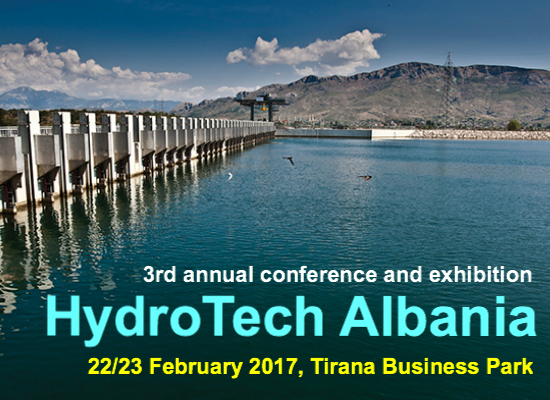
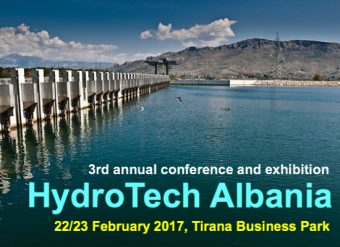 Green World Conferences are pleased to announce that 3rd annual HydroTech Albania conference and exhibition will be held on 22-23 February 2017 in Tirana Business Park.
Green World Conferences are pleased to announce that 3rd annual HydroTech Albania conference and exhibition will be held on 22-23 February 2017 in Tirana Business Park.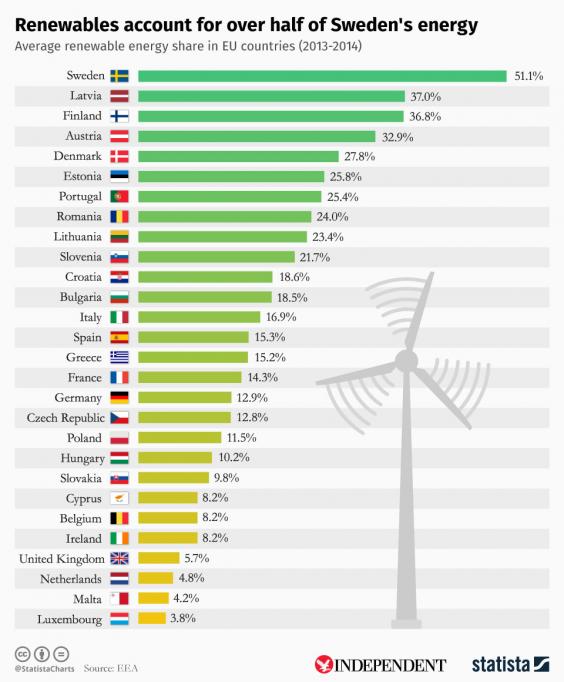
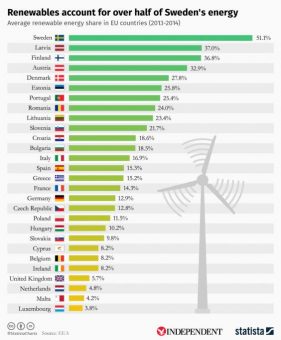 Sweden’s prime minister announced his country will work towards becoming ‘one of the first fossil fuel-free welfare states of the world’.
Sweden’s prime minister announced his country will work towards becoming ‘one of the first fossil fuel-free welfare states of the world’.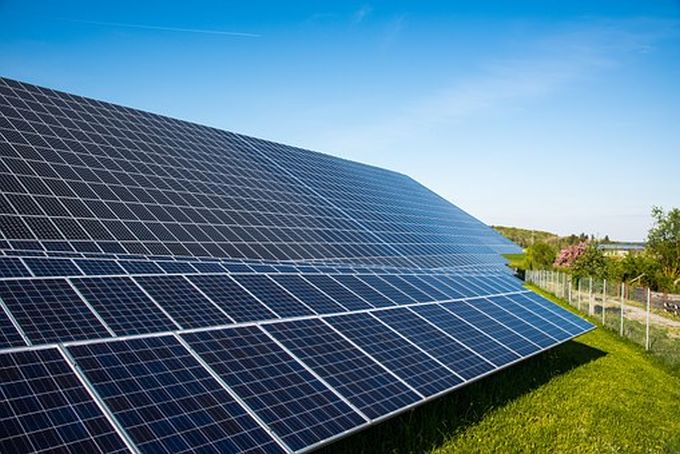
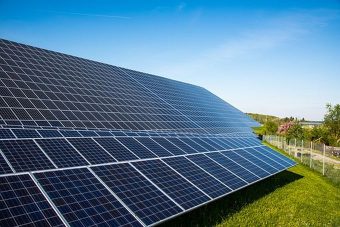

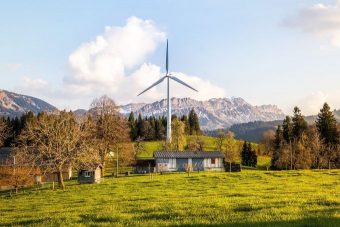
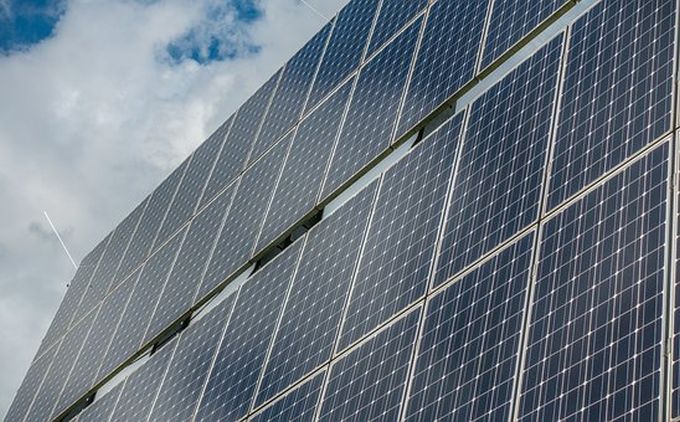

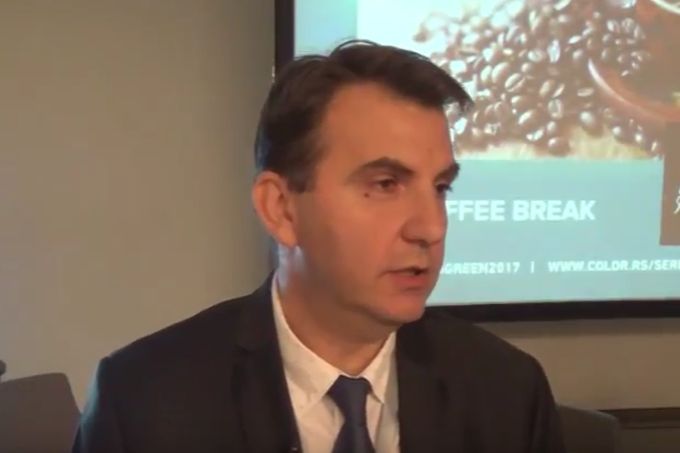


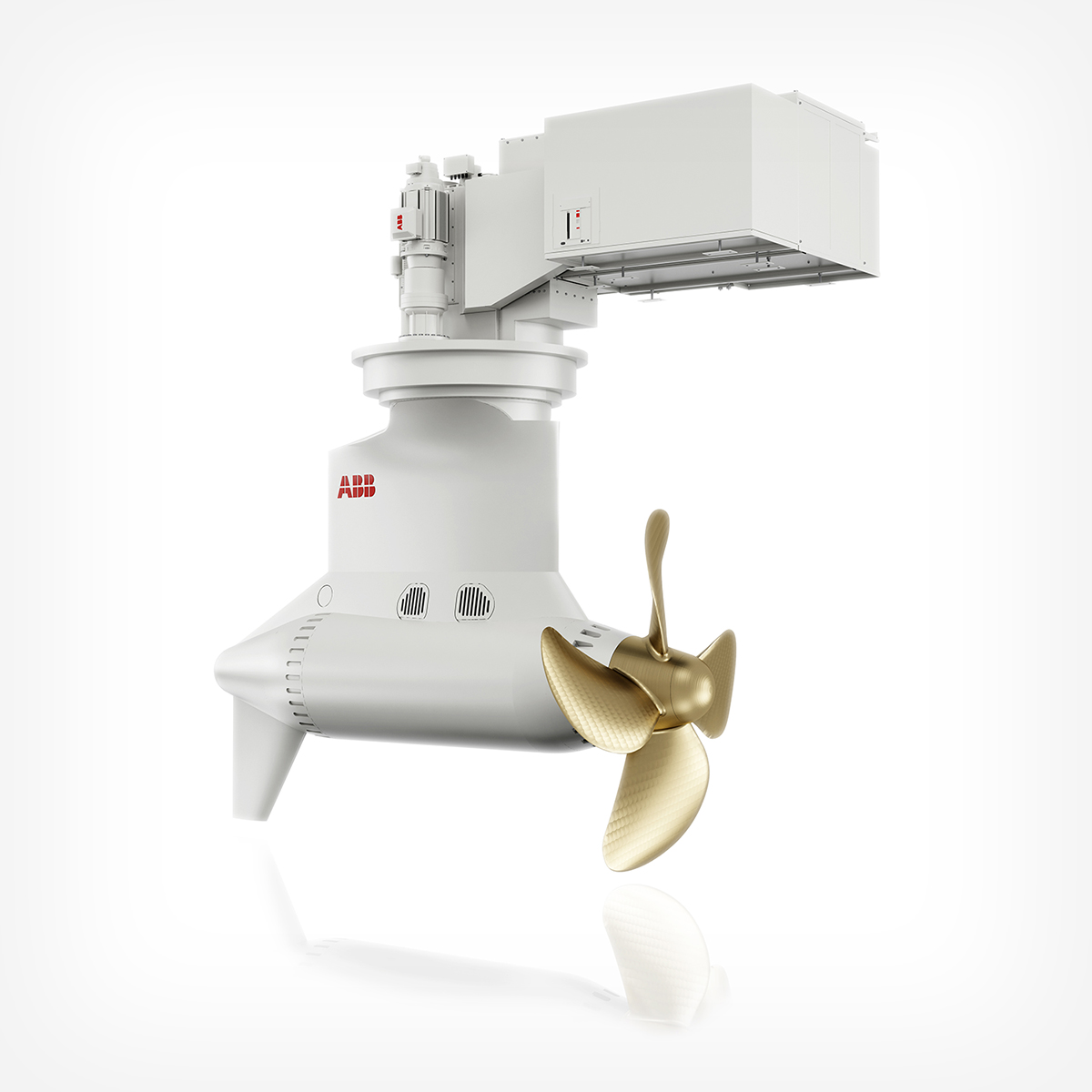

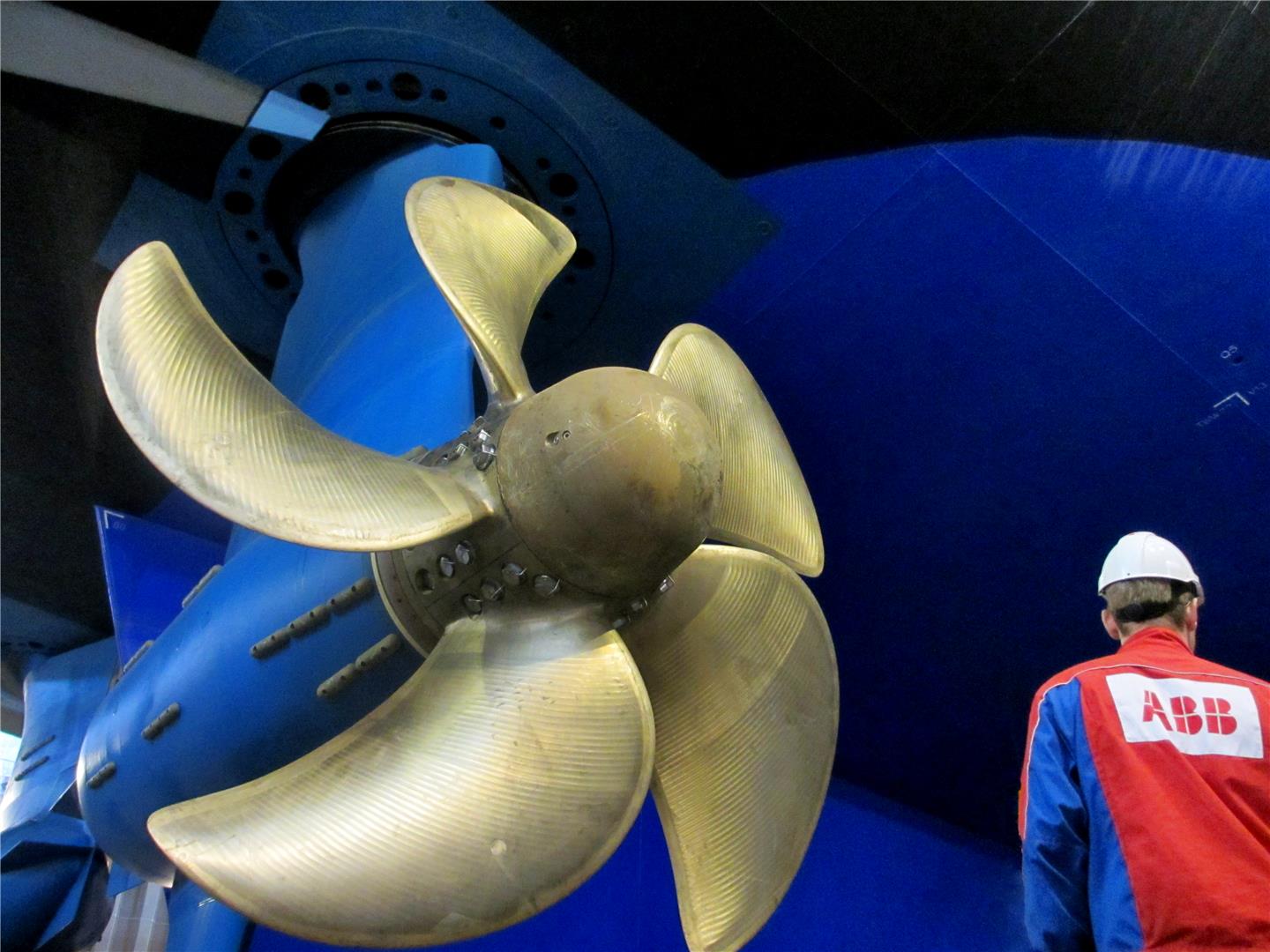
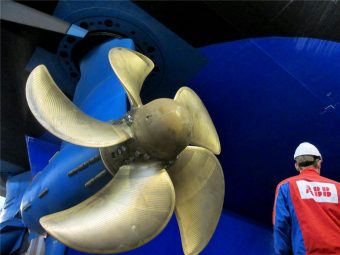 Zurich, Switzerland, May 24, 2016 – ABB’s environmental friendly Azipod propulsion system brings greater fuel efficiency to diverse shipping segments.
Zurich, Switzerland, May 24, 2016 – ABB’s environmental friendly Azipod propulsion system brings greater fuel efficiency to diverse shipping segments.